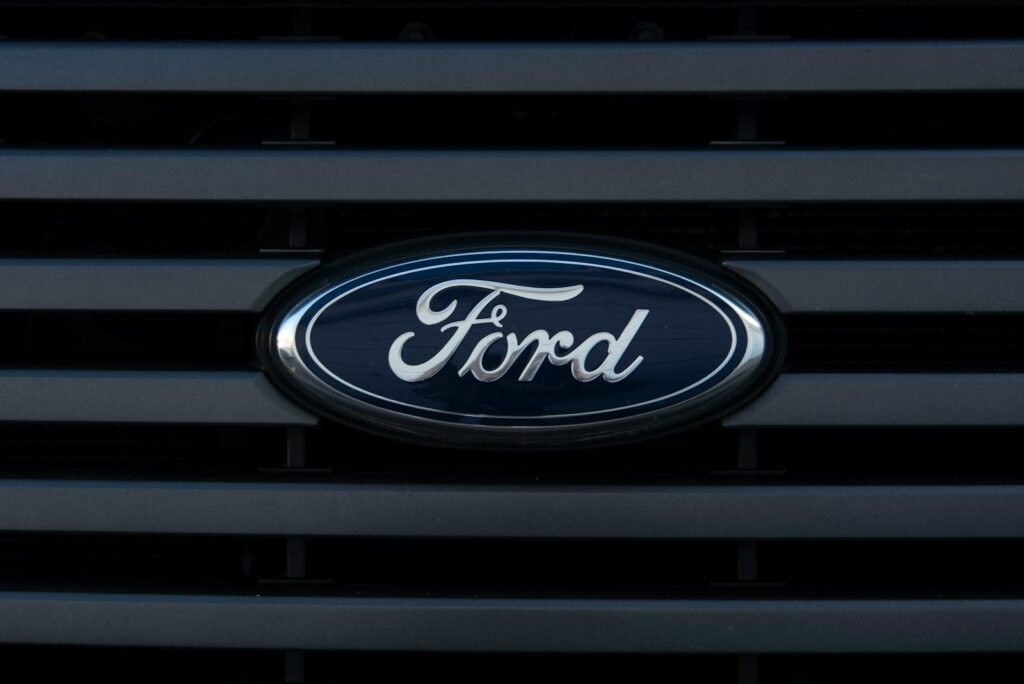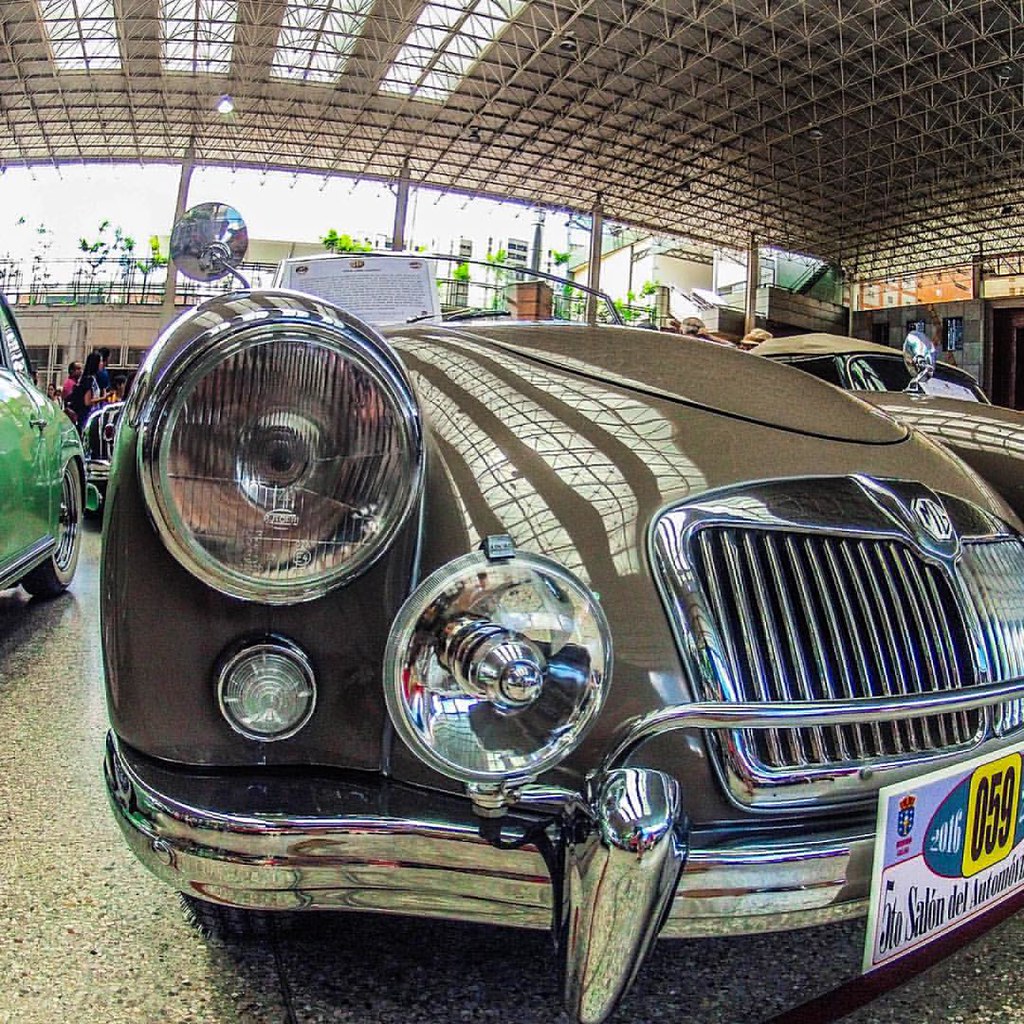Electric cars (EVs), with their silent ease of use and minimal emissions, are being heralded as key players in the movement toward a more sustainable future. However, as these state-of-the-art vehicles become more commonplace, a concern regarding their regenerative braking mechanisms—specifically, the lack of brake light illumination during regenerative braking—has sparked a meaningful conversation about public safety.
Regenerative Slowing down: A Two sided deal
Regenerative braking is a hallmark feature of EVs, allowing drivers to slow down and recover some energy back into the battery without touching the brake pedal. However, this feature can lead to safety concerns. Consumer Reports recently highlighted that some EVs, including models from Genesis, Hyundai, Kia, and Mercedes-Benz, don’t always illuminate their brake lights while using regenerative braking to decelerate.
Government regulations, specifically Federal Motor Vehicle Safety Standard number 108, only require brake lights to be activated upon the use of the service brakes—the traditional friction brakes. There is no mandate for brake lights to activate during regenerative braking. This regulatory gap means vehicles can legally slow down significantly without giving clear signals to other drivers through the brake lights, potentially leading to dangerous situations on the road.

Certifiable Perceptions
Consumer Reports first encountered this issue in a 2014 BMW i3 test vehicle and noted it again in later EV models. For instance, the 2022 Hyundai Ioniq 5 could be brought to a near standstill with the brake lights remaining off, provided the driver kept slight pressure on the accelerator pedal. Similar observations were made in other Hyundai-owned brand vehicles, including the 2023 Genesis GV60 and Electrified GV70, as well as the 2022 Kia EV6 and the 2023 Kia Niro EV.
Mercedes-Benz EVs exhibited a significantly more curious way of behaving; in their Solid Recovery mode, brake lights switched off at low velocities and once again enlightened after the vehicle had previously halted. This irregularity in brake light way of behaving can be mistaking for different drivers and represents a potential danger.
Producers’ Reaction and Updates
In light of these findings, Hyundai, Kia, and Genesis have announced updates to their EVs’ brake-light logic. These updates aim to illuminate the brake lights when the deceleration rate exceeds a certain threshold, even if the driver’s foot isn’t fully off the accelerator pedal or on the brake pedal. These updates, available at no charge, are set to roll out this summer and will apply to thousands of vehicles.
The Requirement for Developing Security Norms
This situation highlights a broader challenge facing the automotive industry and regulators as vehicles become more technologically advanced. The standardization of safety features, including brake light illumination during regenerative braking, may need to evolve to keep pace with these advancements.

What EV Drivers Can Do
EV drivers ought to be aware of this issue and consider physically captivating the brake pedal while dialing back, particularly in circumstances where following drivers may not be anticipating that the vehicle should decelerate. This proactive methodology can assist with moderating the dangers related with the ongoing brake light guidelines.
Electric vehicles represent a significant advancement in improving the sustainability and ecological friendliness of our transportation systems. Nevertheless, it is essential to ensure that safety remains the primary consideration as we transition from traditional internal combustion cars. Addressing the brake light issue in electric vehicles is just one aspect of the ongoing conversation about enhancing everyone’s safety on our roadways. Cooperation among manufacturers, regulators, and drivers will be crucial to resolving these issues and preparing for a safer, more environmentally friendly future as innovation continues to accelerate.
Related posts:
Don’t count on EV brake lights to communicate brake regen




